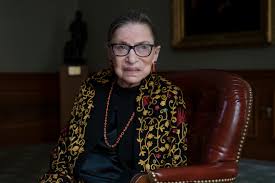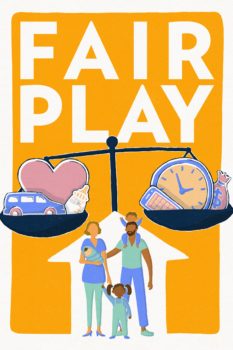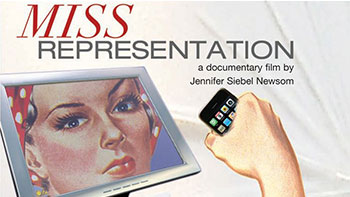Last Saturday, the nation woke up to a world without a widely admired national treasure, Supreme Court Justice Ruth Bader Ginsburg. She was, as many have argued, one of the most important jurists in our nation’s history.
Summing up what millions of people felt, New Jersey Governor Phil Murphy tweeted, “Justice Ginsburg was an inspiration to countless young women and girls across our nation and around the globe – dedicating her life to equal justice under the law. She was an American icon. May her memory be a blessing.”
His sentiment is shared by many. But, why just young women and girls? While we are sure it was not his intention, his suggestion implies that she is not, conversely, a role model to countless boys and men. This sex-segregated way of thinking about her influence says a lot about how we think, culturally, about gender, but also about role models and their power.
Role models are important to how we see ourselves as individuals in society, but their influence extends beyond this to shape how we see and think of others. Saying Ginsburg is a remarkable role model for girls specifically perpetuates an unhelpful underlying norm: the idea that what men and women operate in separate spheres and what women do is limited in influence to other women, but that men do, by comparison, is relevant to all people. The belief is entwined with a cultural tendency to conflate men and masculinity with “humanity”— as in the persistence of the generics “man” and “mankind” or in male bodies as a norm for medical research or product design.
To be clear, women role models are important to girls and women because we don’t have nearly enough of them. For decades, studies have shown the importance of children having role models that they can identify with. Having role models is associated with greater confidence, self-efficacy, self-esteem, and ambition in children. They are especially important to children with historically disadvantaged and marginalized identities.
Girls, however, are still largely expected to admire men and want to be like them. Because of a persistent paucity of examples, a girl’s imagination would be a barren place if she couldn’t see herself in male heroes and legends.
The vast majority of our public iconography —from statues and road names to monuments and what our currency looks like portrays men, the vast majority white. Not one national public holiday is named for a woman or recognizes a significant event tied to women’s accomplishments. Similarly, historical, scientific, and literary heroes are homogenous. Today still, television and films feature men in vast disproportion as speakers and central protagonists. More disturbing yet, as studies of children’s programming show, women are depicted in traditional gender roles, sometimes all but invisible as doctors, scientists, and other ‘male’ roles. The same imbalances exist in sports, participation in which is linked to leadership more broadly. Women are 40% percent of athletes, but less than 10% of media coverage is of their sports.
Boys, unlike girls, don’t have to cross-gender identify because they have an abundance of same-sex heroes, particularly if they are white. They frequently aren’t encouraged to, and, in some families and institutions, actively discouraged or punished when they emulate girls and women. Too often boys learn to associate being adults not with empathetic and independent maturity, but with rejecting femininity and women in charge. “Real manhood” therefore involves denigrating feminine ideal and women as people with authority and knowledge, worth listening to.
These lessons can be blunt force—as in when boys are pink-shamed or dress coded for long hair or wearing dresses, but more frequently are communicated with more nuance. Often, the rejection of women as role models is defended as traditional and “natural,” as in traditional cultures that bar women from holding high religious office. Teaching children that their access to the divine is necessarily mediated by men as ministers and priests that all should admire and obeyed while women are ritually silenced, is a powerful lesson in gender, power, and role model identification. When boys see women in non-traditional roles, they are less likely to depend on stereotypes and become men who do the same.
If girls can’t be what they can’t see – the premise of “women role models for girls,” then boys can’t believe what they can’t see – the premise of so many people’s—men’s and women’s— persistent reluctance to support women as leaders. Women role models help us all develop more complex understandings of gender and gender roles and encouraging boys to emulate women is critical to developing healthier masculinity and more egalitarian societies.
Women role models for girls may address the issue of growing more confident and capable girls, but limiting their influence in this way erases the equally important issue of how hostile the culture remains to recognizing the legitimacy, authority, and conviction of the women those girls grow up to be. For this reason alone — widespread male acceptance of women as worthy of emulation— it is arguably more important for boys to have women role models than it is for girls.
So, while the suggestion that Ginsburg is a role model for girls may not be sexist in intent, it is sexist in effect and flies in the face of Ginsburg’s lifelong work fighting for women’s equality and leadership. She should, without a doubt, be celebrated as a role model for all of us.
Take Action! As we celebrate RBG’s legacy, let’s remember that she is a role model for ALL—not just women and girls.




